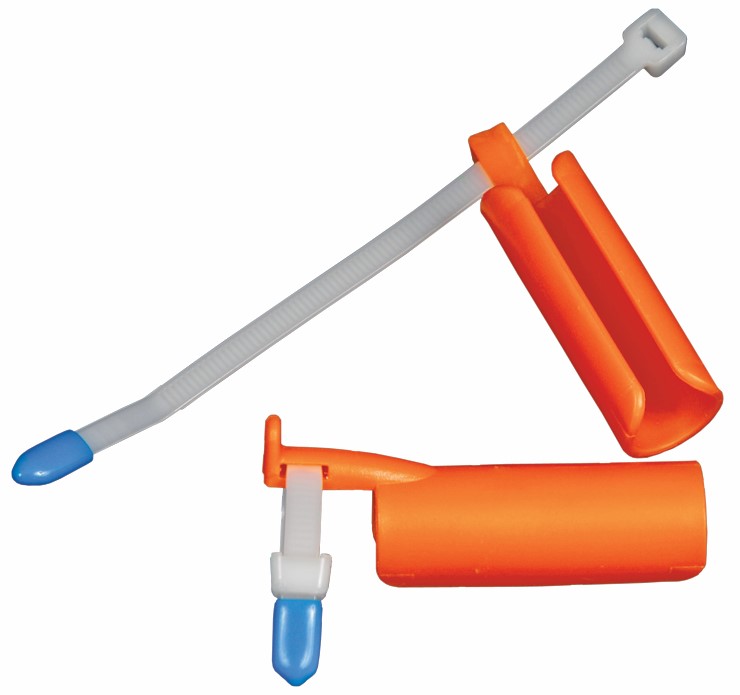Breathing is what keeps us alive. Imagine having problem breathing. How suffocating that can be, right?
Breathing is clearly a blessing we should be grateful for.
To deal with problems like these CPAP is used.
CPAP stands for continuous positive airway pressure. It provides a constant, steady flow of air delivered through nasal prongs or a mask to help newborns breathe. Unlike ventilation, CPAP allows for spontaneous, natural breathing cycles while ensuring lungs inflate fully.
Key Benefits of CPAP for Newborns
Using CPAP for newborns has several important benefits compared to intubation:
Less Invasive
CPAP delivers pressure via the nose, avoiding invasive tubes down the airway. This reduces trauma for more comfortable breathing.
Fewer Complications
Avoiding ventilation decreases risks like lung damage, infections, or oxygen toxicity. Studies show CPAP lowers complication rates for fragile newborns.
Better Outcomes
Starting with CPAP instead of intubation leads to less chronic lung disease and fewer long-term effects of respiratory distress. Babies transition off support sooner.
Natural Breathing
CPAP allows babies to initiate breaths on their own, unlike ventilators. This avoids interference with oxygen and carbon dioxide levels.
Easy Early Intervention
CPAP provides a simple way to support breathing immediately after birth without sedation needed for intubation. The gentle approach is well-tolerated.
How CPAP Works
Air flows through nasal prongs, delivering constant, steady pressure to airways. Flow, oxygen percentage, and pressure levels are adjusted to give just enough assistance inflating lungs without interfering in breathing cycles.
Monitoring breathing patterns, vitals, and oxygen saturation helps fine-tune CPAP to meet each newborn’s needs. Sedation isn’t required which allows clinical staff to assess responsiveness. Therapy is weaned as babies strengthen until maintaining unassisted breathing.
CPAP Applications
CPAP is often used for newborns experiencing respiratory distress from conditions like:
Transient tachypnea: Retained fluid in lungs
RDS: Underdeveloped lungs
Pneumonia: Lung inflammation/infection
Apnea: Breathing pauses
It may also be utilized as a preventative measure for at-risk infants. Compared to ventilation, CPAP for newborns provides a gentle, non-invasive method for supporting respiratory function.
Conclusion
From less trauma and easier breathing to fewer complications and better outcomes, CPAP offers meaningful benefits for fragile newborns struggling with respiratory issues.
Its early application helps stabilize infants while lung function strengthens and conditions improve. Getting tiny babies off to the right start with supportive, gentle CPAP sets the stage for healthy development.
Ready to Learn More?
Contact Bandb-Medical Technologies’ neonatal specialists to discuss how CPAP can help your NICU’s tiniest patients establish respiratory stability.
From personalized equipment recommendations to staff education and ongoing support, we’re here to help you help even the littlest fighters breathe easier.
The Best Products We Offer
- Bubble CPAP
- Neonatal CPAP
- Infant Cpap
- Nasal CPAP
- Bubble CPAP System
- Nebulizer
- continuous Nebulizer
- Large Volume Nebulizer
FAQs
The main benefits are less invasive delivery, fewer complications, healthier lung development, natural breathing supported, and easier early intervention for respiratory distress.
Pressure is delivered through nasal prongs or a face mask connected to air flow and oxygen rather than invasive tubes down the trachea. This allows natural breathing cycles.
CPAP may be used to treat transient tachypnea, RDS, pneumonia, apnea of prematurity, or as preventative support for at-risk infants instead of intubation.
No, CPAP is well tolerated without sedation. The gentle pressure makes breathing easier rather than harder compared to ventilation. Newborns can maintain responsiveness.

